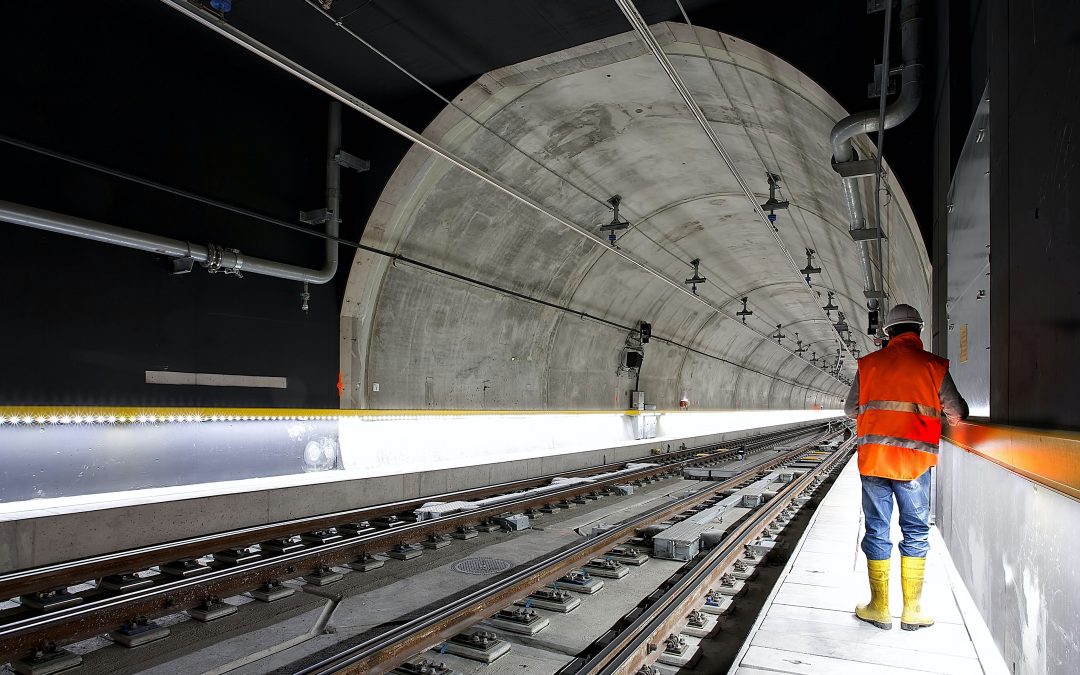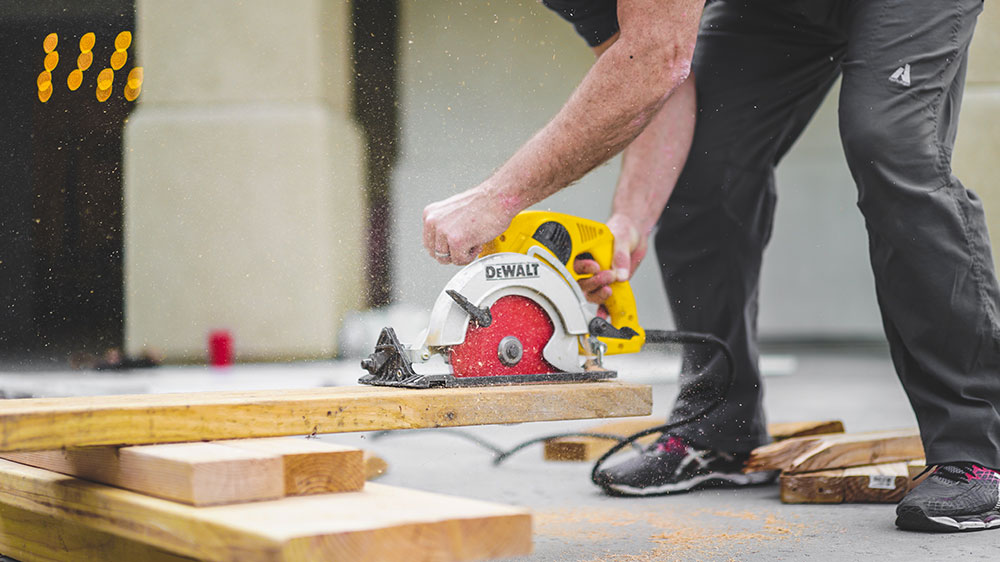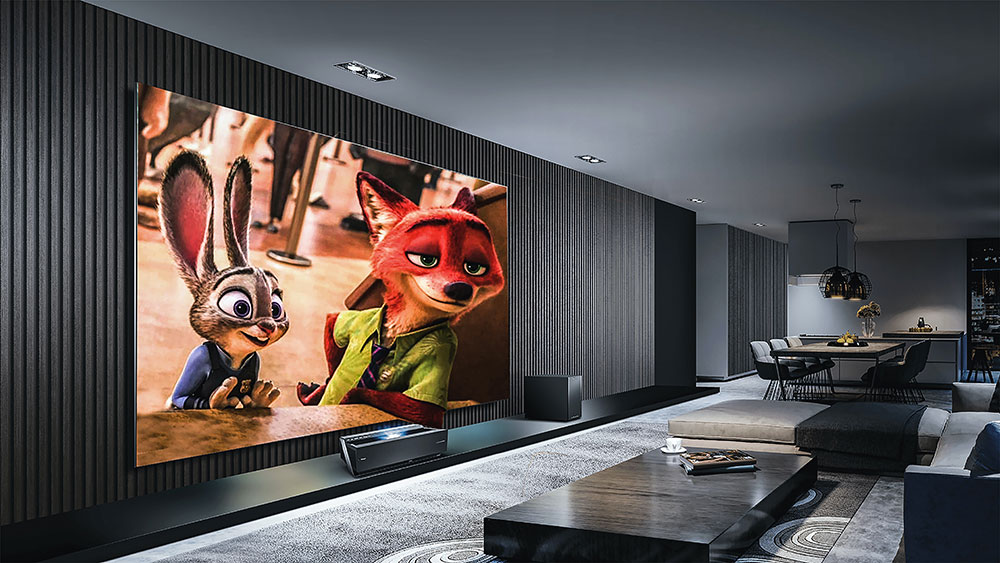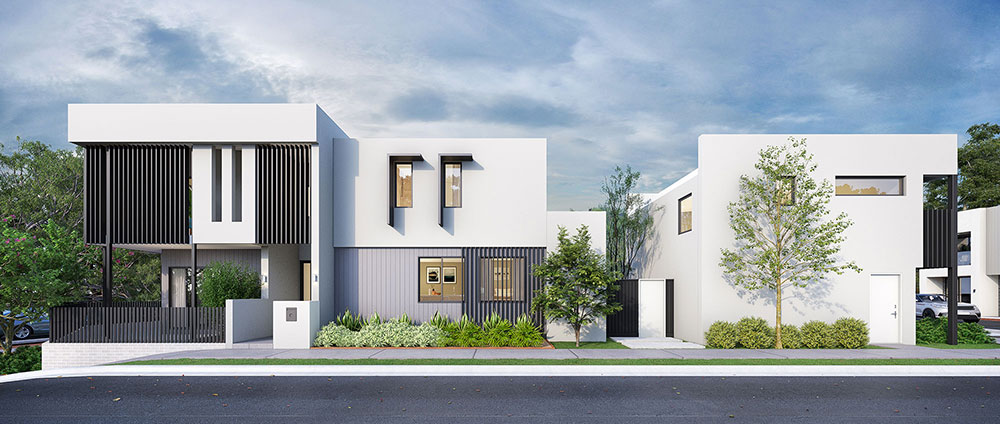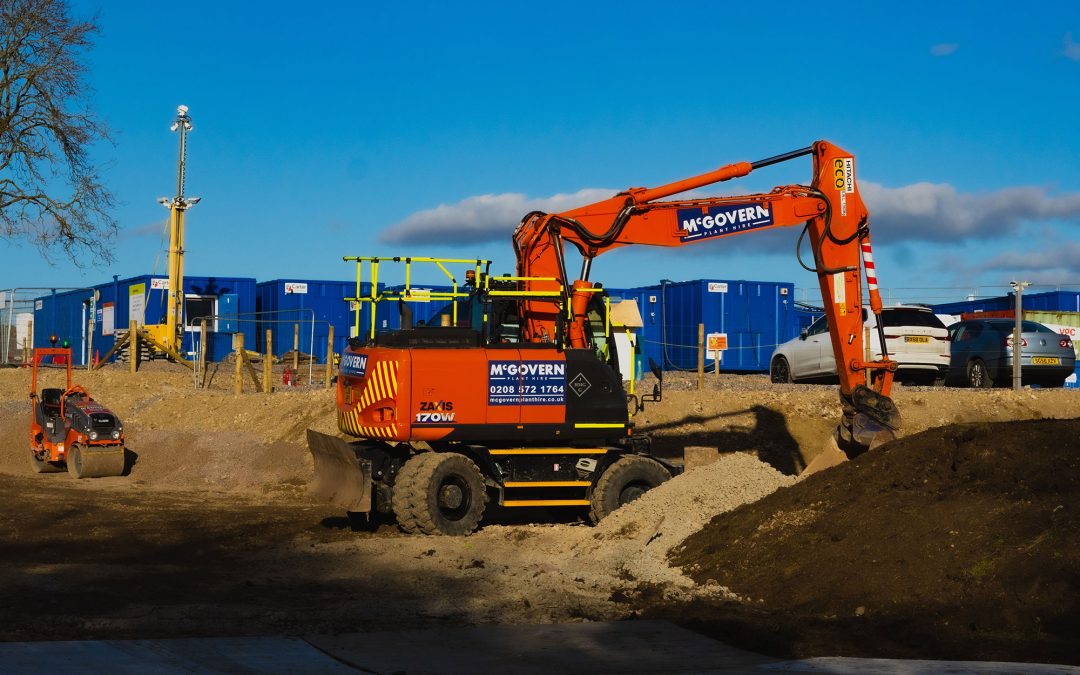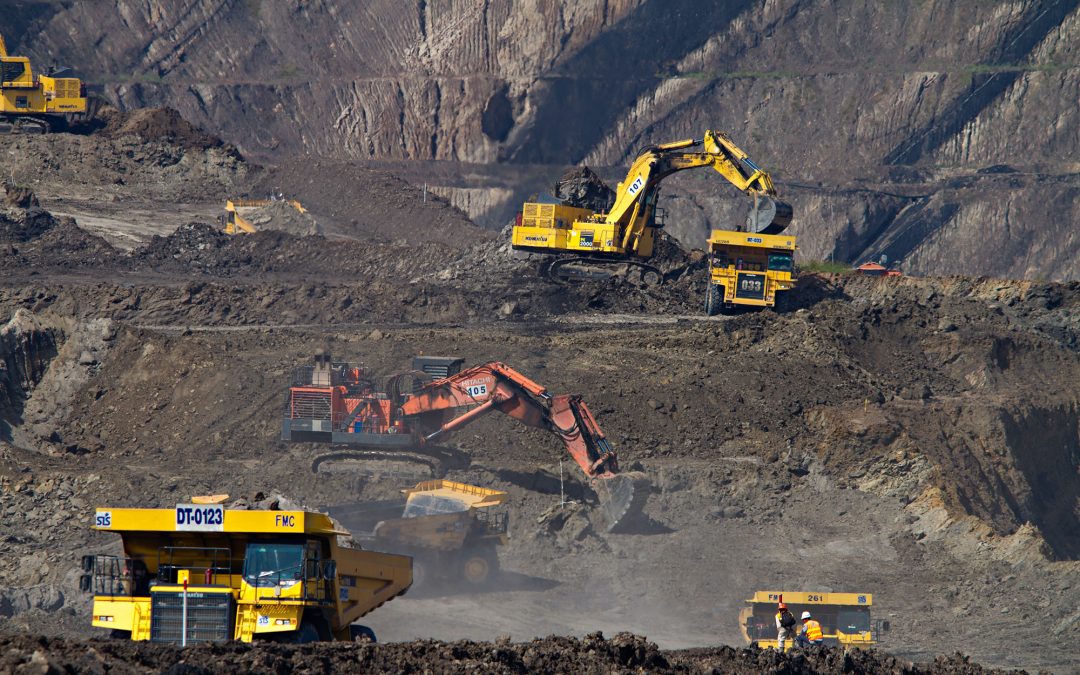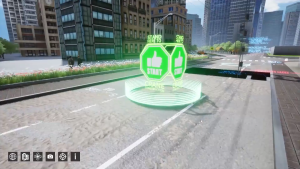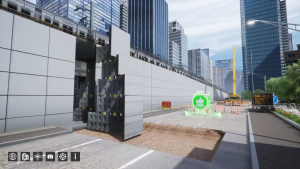AR for Construction & Building
3D Walkabout is an Australian based AR studio that designs AR apps for the Construction & Building industry.

Augmented Reality (AR) for the Construction & Building Industry
AR technology enables the overlay of digital information onto the real-world environment, enhancing collaboration, visualisation, and efficiency. Construction professionals can utilise AR to visualise building designs in real-time, allowing stakeholders to experience and evaluate structures before they are constructed. It aids in accurate on-site measurements, reducing errors and improving accuracy during the building process. AR also enhances worker training by providing interactive instructions and safety information on-site. The use of AR in construction improves project management, reduces costs, enhances communication, and increases overall productivity and safety on construction sites.
What are the benefits of AR Construction & Building Industry?
Real-time comparison between real-world construction and early visualisations
Changes in planning at a moment’s notice through 3D modelling techniques
Training new employees without the use of real-world materials and resources
Showing clients anticipated end products, informing them more than otherwise
Save money on making miniatures and models in the design stage
Increasing the accuracy of construction projects by including exact details
Improve physics simulations that make engineering a simpler process
Understanding where to put prefabricated parts of the project
Converting architectural design into 3D imagery with ease, allowing faster turnaround times
Greater teamwork as employees note and point out flaws with ease
How is AR being used by Construction & Building Industry?
AR is a significant tool in improving the accuracy of construction throughout the industry. As AR systems project virtual information into real-world imagery, construction teams see the ideal version of the structure that they are putting together. This firstly limits the number of misplaced items in pre-fabricated structures, as the AR presentation shows exactly which piece of the structure goes in that specific location. Companies save a lot of time, money and reputation by getting their structures right the first time, something that AR systems enable by offering real-time views of what a structure should look like.
Augmented reality helps construction and building companies beyond their practical work, improving the efficiency of training and preparing new recruits for the workplace. AR systems introduce new employees to the landscape that they work in, offering information on what individual tools and materials are and how employees use them. This limits the risk of companies spending valuable resources on new employees and speeds up the training process with a greater degree of interactivity. Companies get their new employees productive more quickly so the business can focus on growth as soon as possible.
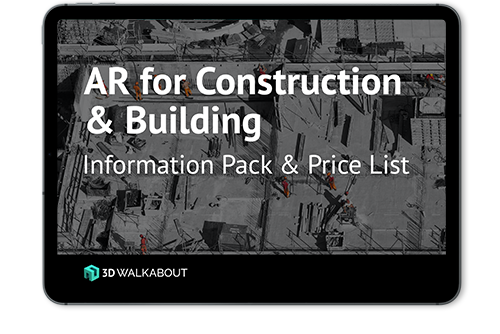
Brainstorm your ideas on 1300 00 3392
If you’d like to receive our full ‘AR for Construction & Building Information Pack & Price List’ please add your details below.
The industries we work in
Construction & Building Case Studies
No Results Found
The page you requested could not be found. Try refining your search, or use the navigation above to locate the post.
AR Construction & Building News & Articles
AR Construction & Building Videos
Frequently Asked Questions
What’s the typical timeframe and cost for an AR project?
Project timelines vary based on complexity, but simple WebAR or AR model viewers can be delivered in 2 to 4 weeks, while fully-featured native apps may take 8 to 12 weeks or more. Costs depend on the number of models, level of interactivity, and development scope, and we provide fixed-price quotes after a scoping session with the client.
Can you track user interaction and engagement with AR experiences?
Yes, we can integrate analytics into both native AR apps and WebAR deployments. This allows clients to track key metrics such as the number of views, session duration, user location, interaction points, and conversion rates, providing valuable insight into how users engage with their AR content.
How do you ensure AR content loads quickly and performs well on mobile?
We optimise every element of an AR experience, from reducing polygon counts in 3D models to compressing textures and using efficient formats like GLB or USDZ. Our team ensures that AR experiences load fast, run smoothly on all modern smartphones, and provide a high-quality visual experience without draining device resources.
What industries do you work with for AR projects?
We work with clients across a wide range of industries including construction, mining, real estate, retail, education, tourism, and manufacturing. Our AR solutions are used for everything from product visualisation and virtual property tours to immersive training modules and historical reconstructions.
Do users need to install anything to view AR experiences?
It depends on the delivery method. WebAR experiences require no installation and can be accessed with a simple link or QR code. Native apps must be downloaded from an app store, but they offer additional features and higher performance. We help clients choose the right approach based on user experience goals and technical needs.
What is Sketchfab and how is it used in AR?
Sketchfab is an online platform for publishing and sharing 3D models, and it includes built-in AR viewing capabilities. We use Sketchfab to host client models, configure interactivity such as annotations or animations, and then embed these models into websites or online portals so users can explore them in 3D or AR from any device.
Can you integrate AR content into our existing website or e-commerce platform?
Absolutely. We can embed AR models directly into websites using WebAR technology or services like Sketchfab, enabling users to view products or environments in 3D and AR directly from their browser. This is especially effective for industries like retail, real estate, and architecture, where visualisation drives engagement and conversion.
Can you create and optimise 3D models for AR?
Yes, we specialise in producing high-quality, lightweight 3D models specifically optimised for AR applications. Our modelling process ensures that models are visually realistic while maintaining low polygon counts for fast performance, and we export them in formats like USDZ, glTF, or GLB to suit different platforms and devices.
How does WebAR differ from native AR apps?
WebAR runs directly through a mobile browser and doesn’t require users to download an app, making it ideal for quick access and mass engagement. Native AR apps, on the other hand, are installed on a user’s device and allow for more advanced features such as persistent tracking, offline access, and higher performance, making them better suited to complex or enterprise-level applications.
What types of AR solutions do you offer?
We develop a range of augmented reality solutions including native mobile apps for iOS and Android, browser-based WebAR experiences that don’t require downloads, and interactive AR models that can be embedded into platforms like Sketchfab. Each solution is tailored to the client’s specific use case, audience, and technical requirements.
How is augmented reality used in construction?
Augmented reality is used in construction as a means of comparing the existing structure to the structure that the company is building. By using constant comparisons to a live 3D model, companies see potential areas for adjustment in the real-life building, making edits according to the design and improving the overall end product.
What is AR and VR in construction?
Augmented reality refers to systems that present information and 3D models alongside images of the real world, such as a phone screen showing a picture of the construction site alongside a 3D model of the site plans. Virtual reality presents an entirely 3D environment, showing users the final plans for a building with an intricate 3D model without real-world imagery as an accompaniment.
How is AR and VR used in construction?
AR and VR are both used in the industry to show prospective clients and employees on a project what a proposed building or structure will look like when finished. They can walk around a copy of the 3D render just by putting on a headset, no extra cost is necessary.































